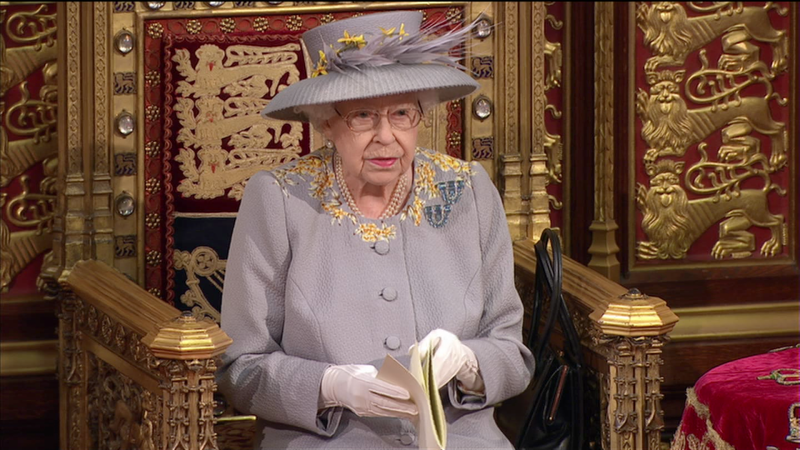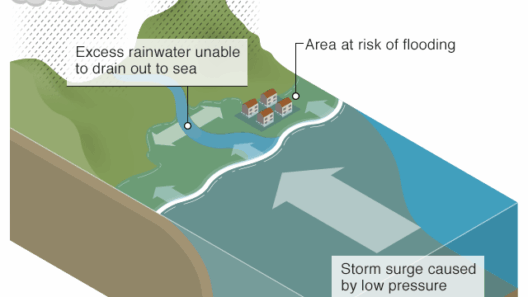The intersection of monarchy and environmental advocacy evokes both fascination and scrutiny. Foremost among these figures is Queen Elizabeth II, whose long reign has witnessed the intensification of climate discussions and an increasing global awareness of environmental sustainability. An examination of her beliefs and the royal family’s stance on global warming reveals their evolving engagement with ecological concerns.
To understand Queen Elizabeth II’s perspective on climate change, one must consider her historical commitments to environmental stewardship. The Queen has oftentimes been perceived as a measured figure, embodying the traditions of the British monarchy while subtly adapting to the contemporary zeitgeist. Throughout her reign, she has acknowledged the critical nature of climate change, a stance that surged into public awareness in the 21st century. In her 2006 Christmas broadcast, she spoke of the urgent challenges posed by climate change, emphasizing the necessity for collective action. This early acknowledgment stirred curiosity regarding the royal family’s involvement in environmental issues.
Royal engagement with environmental advocacy is neither a recent phenomenon nor confined to Queen Elizabeth II. The British royal family has historically leaned toward support of conservation efforts. Prince Philip, the Duke of Edinburgh and the Queen’s late husband, was a passionate advocate for nature conservation. His establishment of the World Wildlife Fund (WWF) in 1961 exemplifies their long-standing commitment. Following this legacy, Queen Elizabeth II has continued to promote ecological integrity. However, the question arises: does her advocacy translate to a genuine belief in global warming, or is it perceived as a ceremonial obligation?
In examining Queen Elizabeth II’s promises regarding climate advocacy, one must delve into her actions rather than solely her words. The Queen’s iconic role as a constitutional monarch often precludes her from overt political statements, which could skew public perception. Nevertheless, her dedication has manifested through initiatives like the Queen’s Commonwealth Canopy, a collaborative project aimed at creating a network of forest conservation initiatives throughout the Commonwealth. This affirms a commitment to sustainability, hinting that the Queen recognizes both the immediacy of the climate crisis and the importance of legacy for future generations.
The pivotal moment in the royal family’s environmental advocacy came with the rise of the climate crisis as a central global theme. The Queen’s presence at significant international summits, such as the COP26 climate talks in Glasgow, not only reflects her endorsement of global efforts to address climate change but also underscores her belief in the importance of diplomacy and cooperation on this pressing issue. Such appearances serve to elevate public discourse about climate change while inspiring collective action.
The personal narratives surrounding Queen Elizabeth II’s climate consciousness also invite intrigue. Her choice to utilize the royal estate’s extensive landholdings to promote biodiversity and conservation initiatives reflects a hands-on approach rather than a mere emblematic gesture. For instance, her commitment to the management of the royal estates includes the implementation of sustainable practices, such as encouraging hedgerow restoration and natural habitat preservation. These initiatives provide insight into her acknowledgment of the interconnectedness of ecosystems and human activity.
Critics may argue that the royal family’s efforts are insufficient or inadequately profound in the face of an escalating climate emergency. Yet, it is essential to approach the monarchy’s engagement with understanding, recognizing that their role embodies both symbolic and practical dimensions. Through collaboration with various organizations, including The Prince’s Trust, the royals have sought to amplify the messages of young activists advocating for climate justice. Therefore, while the Queen’s individual beliefs about global warming remain somewhat ambiguous, her support for youth-led environmental movements signals an especially progressive shift in royal perspective.
The dynamic interaction between the monarchy and environmentalism has further evolved through the younger generation of royals. Prince William and Prince Harry, the Queen’s grandsons, have explicitly addressed climate change through various initiatives, including the Earthshot Prize, which awards innovative solutions to environmental problems. This generational shift assures that the necessity for environmental action transcends royal tradition to embrace a modern ethos rooted in urgency and responsibility.
Furthermore, as public skepticism regarding climate change continues to animate discourse, Queen Elizabeth II’s cautious stance can be seen as a reflection of broader societal attitudes. The scale of climate change and skepticism about its ramifications resonate not only among the populace but also within the upper echelons of society. Thus, the royal family’s gradual shift toward active environmentalism mirrors a phased societal awakening. With this collaboration, there exists hope that future generations within the royal family will actively prioritize climate issues.
In essence, the royal family’s engagement with the environmental crisis calls for deeper reflection and action. Queen Elizabeth II’s public commitment to sustainability, though often couched in the language of diplomacy and collective action, signals an intrinsic acknowledgment of global warming as a pressing concern. The promise of a shift in perspective on climate change, initiated by her consistent advocacy and the enthusiastic involvement of her descendants, piques curiosity about the potential impact of such involvement on global environmental policy and public behavior. As history unfolds, one can only hope that royal endorsement will continue to galvanize societal movements toward the preservation of our planet.
Ultimately, engaging with this topic compels us to contemplate the ways in which even storied institutions can evolve, thereby emphasizing the essential need for reaffirmation and proactive stances in the fight against climate change. The royal family’s journey is emblematic of a broader narrative—one that advocates for unity and action amidst the urgency that global warming presents.







